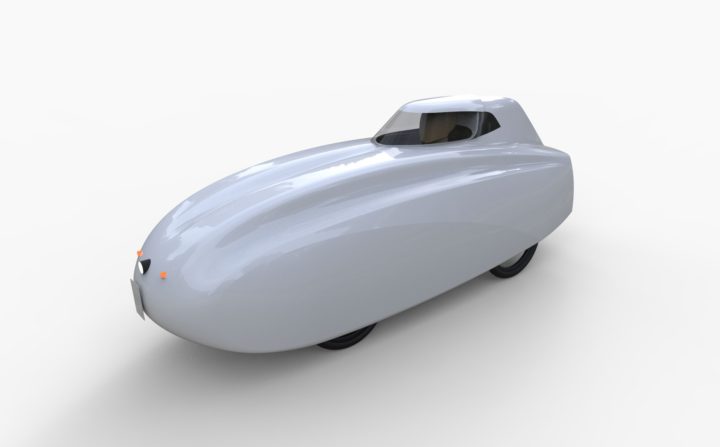
UPDATE VM45 project
After two years of intensive research and development, the VM45 is finally close to hit the road! We are actually producing the first body parts and finalizing the production drawings of specific steel parts. By April we should be able to have all parts for the first assembly.
We have started the project by studying the legal requirements and norms regulating the vehicle sub-category L6e-A. Altogether these are thousands of pages of regulations of which we have made a summary catching hopefully the most important for our project in this stage. This has influenced many decisions in the body design, motorization and other technical features of the vehicle. It is of course important to know that the lowest position of the seat should have the articulation of the hip at least 400 mm above the ground level. Or that the motor should have a reverse function. Or that if the windscreens are fixed at the top, they must be of safety glazing, which obligatory requests an electric wiper system, which obligatory requests a wiper washing system functional between -18 and +60 degree Celsius and with a reservoir of at least 1 litre …. etc.
Similar projects do often start with much enthusiasm but do regrettably not reach their goal after many years. We believe the main reasons for those failures is being too ambitious and innovative, starting with a computer created futuristic design without knowing at that point how such a design can be produced at acceptable costs and which driving feeling this design will provide. Our approach has therefore been different. Our budget is limited and we cannot risk any failure in this project.
To maximise our chances in succeeding we started working on the design only after we defined the mechanical part and how the vehicle would be produced. We did, with one exception, limit production methods and technology to those we use in the production of the WAW, the PONY4 or the ARMADILLO. The exception is the production of the body which is done entirely by 3D modelling followed by CNC milling.
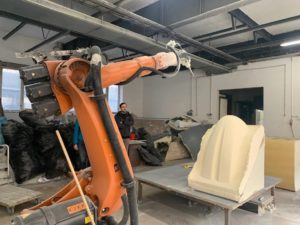
This expensive technique allows us to computer-design additional parts that fit perfectly in the composite body, obtain perfectly symmetric halves, visualize it before starting the production of models, optimize the aerodynamics, have FEM calculations done, etc. It is however also an expensive technique not exempted from risk of mistakes. It is the first time that Katanga applies this method for a complete vehicle and we are anxious to find out in a couple of weeks that no error was made and that parts fit well together.
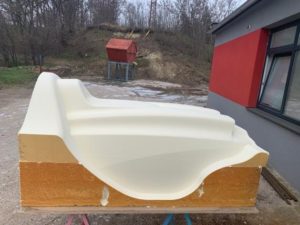
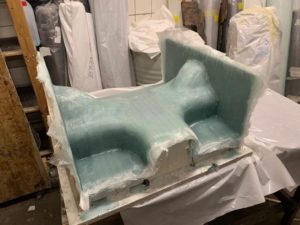
Our riding experience, with own produced vehicles as well with other special cycles, cumulated with the feedback from sales network and customers was used to determine very closely the basic type of vehicle that provides the feeling we search for: The adrenaline of driving a fast and light vehicle, well comfortably suspended for stability in cornering and on less quality roads. Its weight being less than the drivers weight, it feels like an extension of the drivers body, pushing on the pedals boosts it forward and motivates the driver to pedal harder. The energy consumption per km is so low that the little additional electric energy needed for progress does hardly limit the range and can be easily produced without negative effect on the environment. We completed this knowledge by testing out some new concepts mounted on a PONY4 or ARMADILLO platform, cycles that we have already in production.
Several powerful electric motors were tested as well as different transmission types. The most futuristic concept tested was a chainless vehicle with all-wheel steering: pedal-generator + all-axle grin motors in both rear wheels.
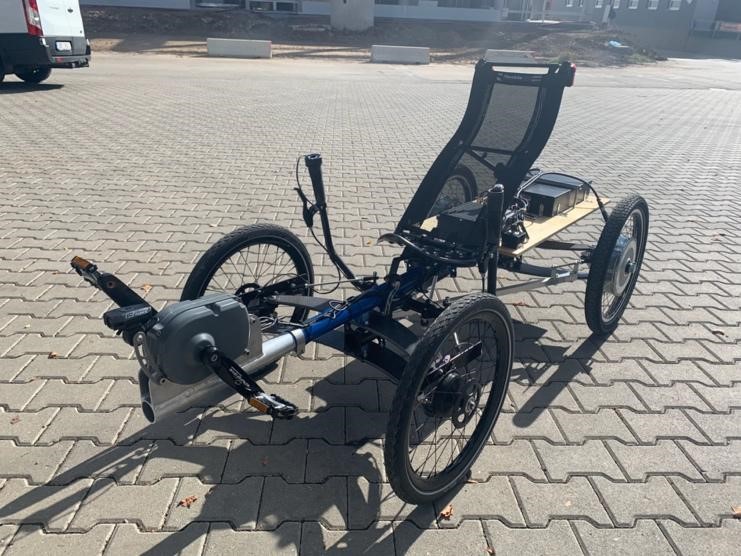
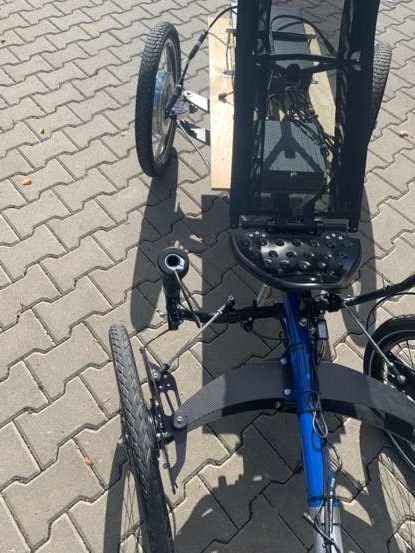
The advantage of all-wheel steering would in our case be to construct a narrow aerodynamic vehicle in combination with a small turning circle. We found out that in order to have a stable steering, the steering on the rear wheels should be very progressive. The drive feeling of this specific pedal generator was surprisingly good. In contradiction with other generators tested, we did not notice riding on a chainless cycle.
Advantages of the generator with hub motors are obvious: No mechanical moving or turning transmission parts, no gearbox needed, less maintenance, more freedom in design of the body, reverse gear and regeneration with braking technically possible. Disadvantages of this set-up were the additional complexity of a progressive system for steering the rear wheels, the uncertainty of supply of this type of generator together with the difficulty to program it . We had indeed some bad vibrations in the engines which a smoother programming of the controllers should have solved but nobody was available on the suppliers side to solve it. It seemed at that stage too dangerous to be dependent on a technology that is not mature or to be dependent on one supplier so we decided to postpone this set-up for an eventual future development and to continue with a more classic solution but still innovative on several levels.
In short a description of the actual set-up:
Transmission and rear suspension:
-
- a VALEO Mid-Drive Unit combining 7 gears with a the electric motor, reverse drive, regeneration, automatic gear change.
- https://www.youtube.com/watch?v=NQ6Ht96mYM0&t=94s
- A Heavy Duty But light differential with possibility of mount of inboard brake.
- Transmission to both rear wheels with fixed-length half-shafts having at each side universal joints.
- These half-shafts cumulate the function of the top link of the independent suspension. A lower link stabilizes the position of the wheel carrier and the 20 inch wheel. The shock is a coil shock of DNM with oil damping.
- The complete rear suspension and motor is mounted in a steel construction which slides into the composite vehicle body and is attached with a couple of screws.
- Inspiration for the rear suspension was found on the Armadillo bicycle, the Chapman strut and the Jaguar cars:
- https://en.wikipedia.org/wiki/Jaguar_independent_rear_suspension
- https://en.wikipedia.org/wiki/Chapman_strut
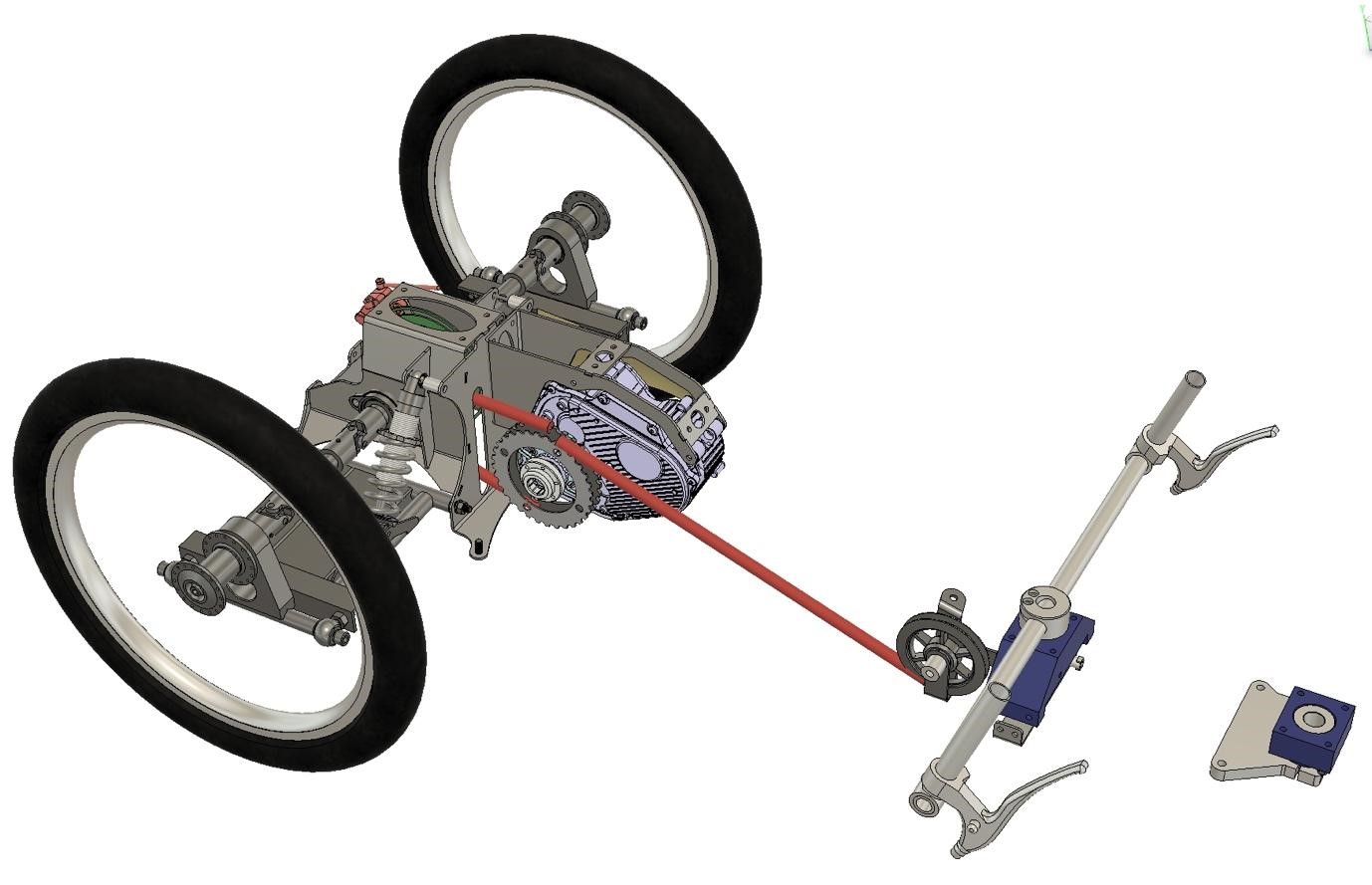
Front suspension steering and braking:
-
- A similar geometry as a MacPherson suspension system with virtual pivot point but without spring in the strut.
- The amortization and suspension element is the same DNM coil shock and is mounted on the track control arm.
- Steering is transferred from a broad steering handle with pivot under the seat to the front wheels with the help of steering rods.
- 20 inch front wheels with 90mm Sturmey-Archer Drum brakes.
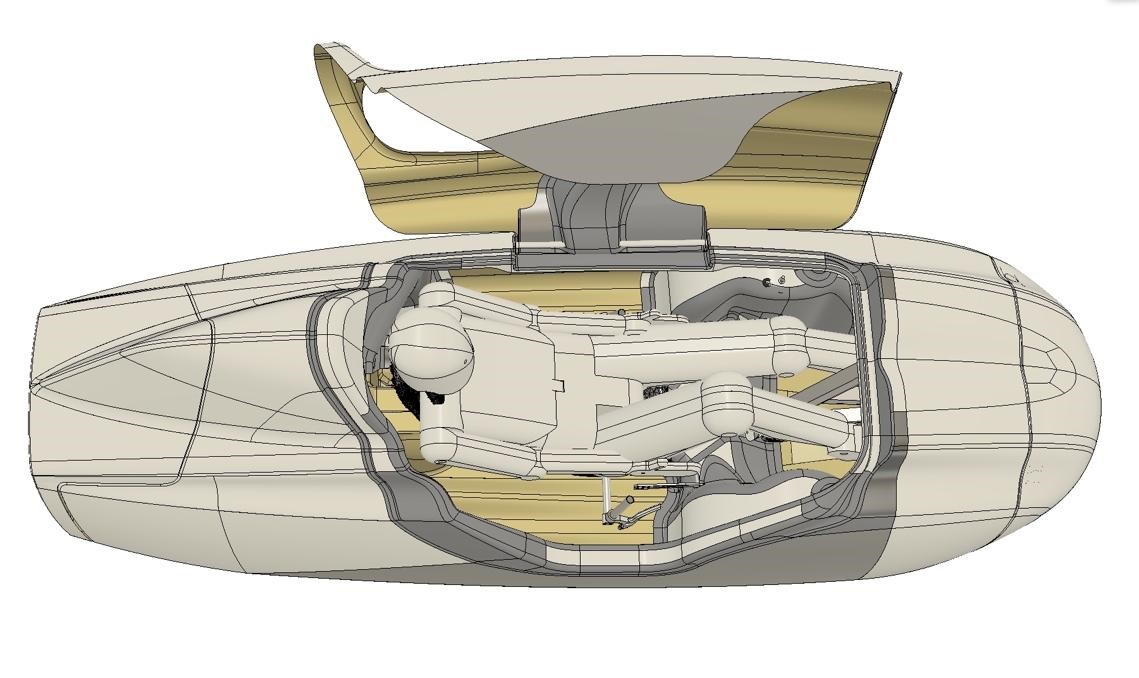
In the design of the body we kept and improved several features that many appreciate in the WAW: the accessibility, the possibility to replace front or rear fairing parts if damaged, the possibility to fit as well small persons as tall persons, the possibility to ride with the head outside and protect you from rain with an additional race hood packed inside the vehicle.
The VM45 is however a different type of vehicle than the WAW with different legal requests and more electric power allowed till 45 km/h. We chose it to be a little broader and higher than a classical velomobile. This improves comfort, riding stability and luggage space. Weight will obviously increase but not so much the low aerodynamic drag as wheel wells are kept closed. Typical dimensions are: Length 2850mm, width 935 mm, height 1050 mm, empty target weight without battery 55 kg.
The entry into the VM45 is from the right-upper side. The long door flips open on the left side and is lower to the right side to facilitate stepping in. It also allows the driver to get in and out even if a long solar panel is mounted on top of it. This is not as simple on the WAW, see picture. We are indeed convinced that the VM45 might be the ultimate base for solar cycle travelling and are much looking forward to test this out.
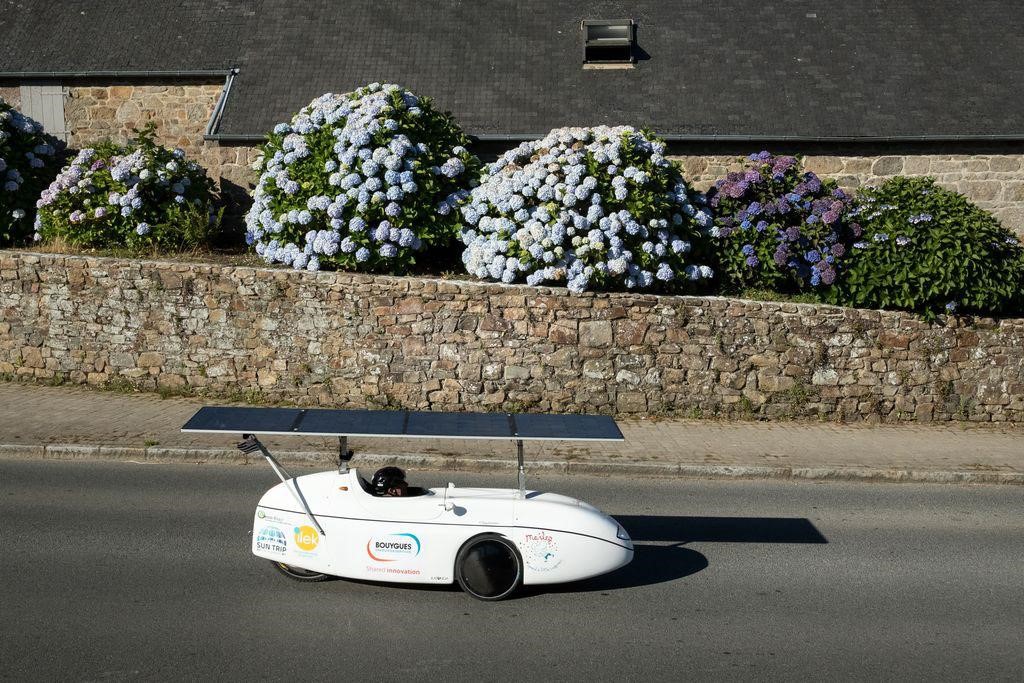
The investment of the body being the most demanding in time and financial means, we have been careful to create a healthy base, versatile enough to receive another type of motor, transmission or suspension. This might in the worst case demand the replacement of some glued-in parts but not a change in the exterior forms. This way we hope that the VM45 created now will serve a long life, at least as long as the WAW which has more than 20 years now and counts 620 production numbers.
We have worked very intensively on this project with the active help of some partners and the Brno University of Technology which assisted with several analysis and simulations of steering, suspension and riding behaviour. Covid crisis, ruptures in the supply chain, war in Ukraine, price increases, all have made it difficult to work efficiently but we still believe we will meet the dead-line of having the first VM45 on the road by end of May this year. After that, time will be needed to work in parallel on the durability tests and solving all child-diseases and on the other side the type approval as a light on-road quad for having the legal possibility to enjoy e-assist till 45 km/h in the EU. Difficult to estimate how long that might take but less than one year would be too optimistic. Probably we will offer before that an electric bicycle version, limited to 25 km/h and a nominal 250 Watt motor for which no complex homologation process is required. Finally we need to find and choose a sexy name for this baby, VM45 being only a working name. Any suggestions?
Brno, 15th of January 2023
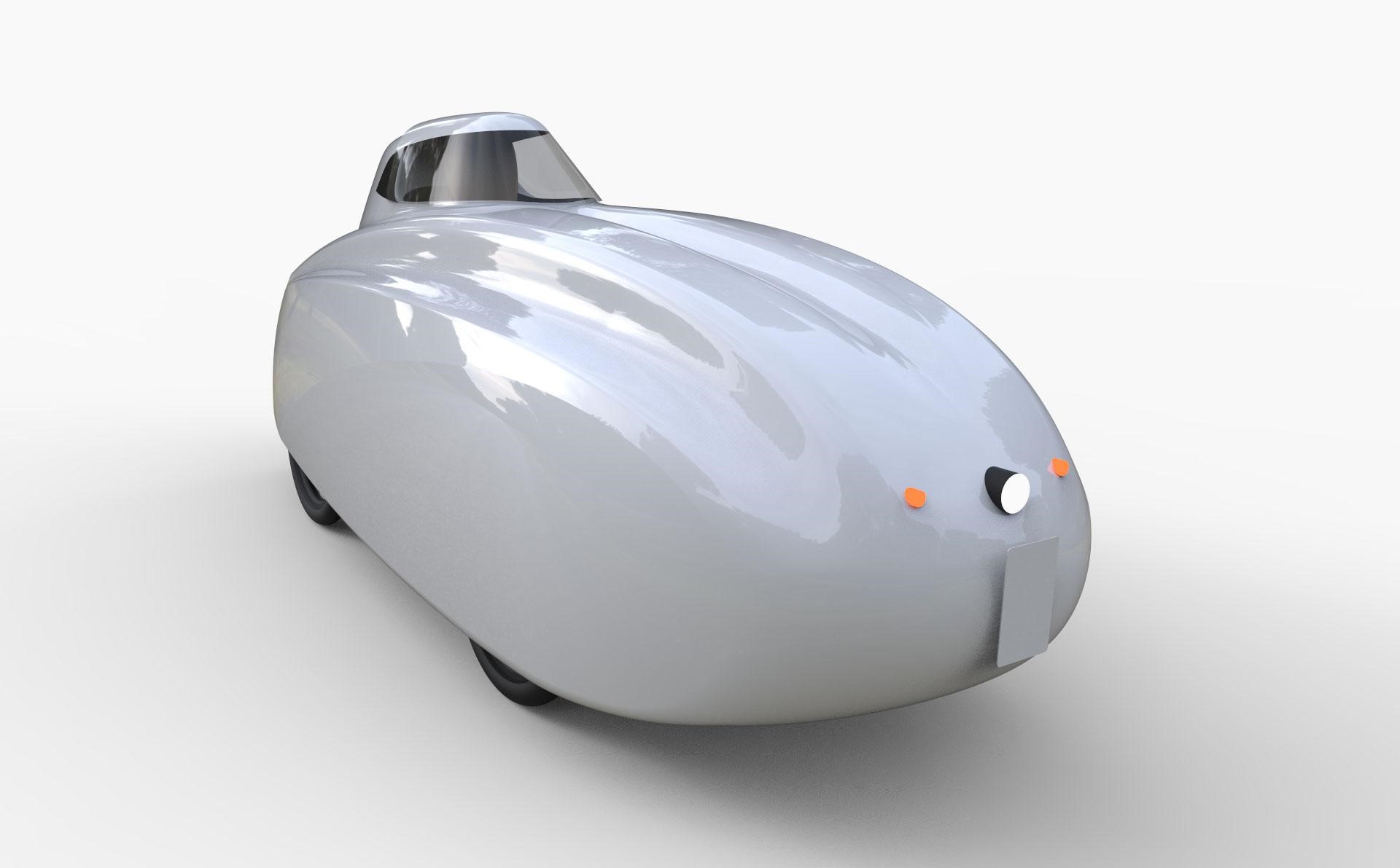
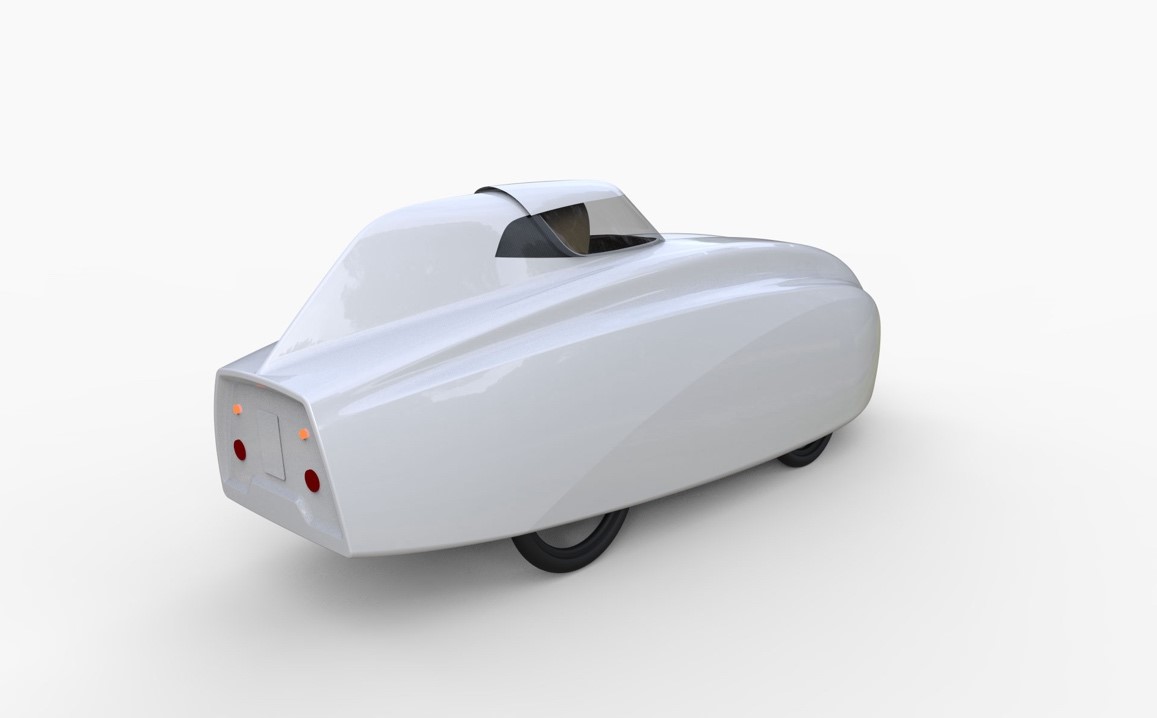
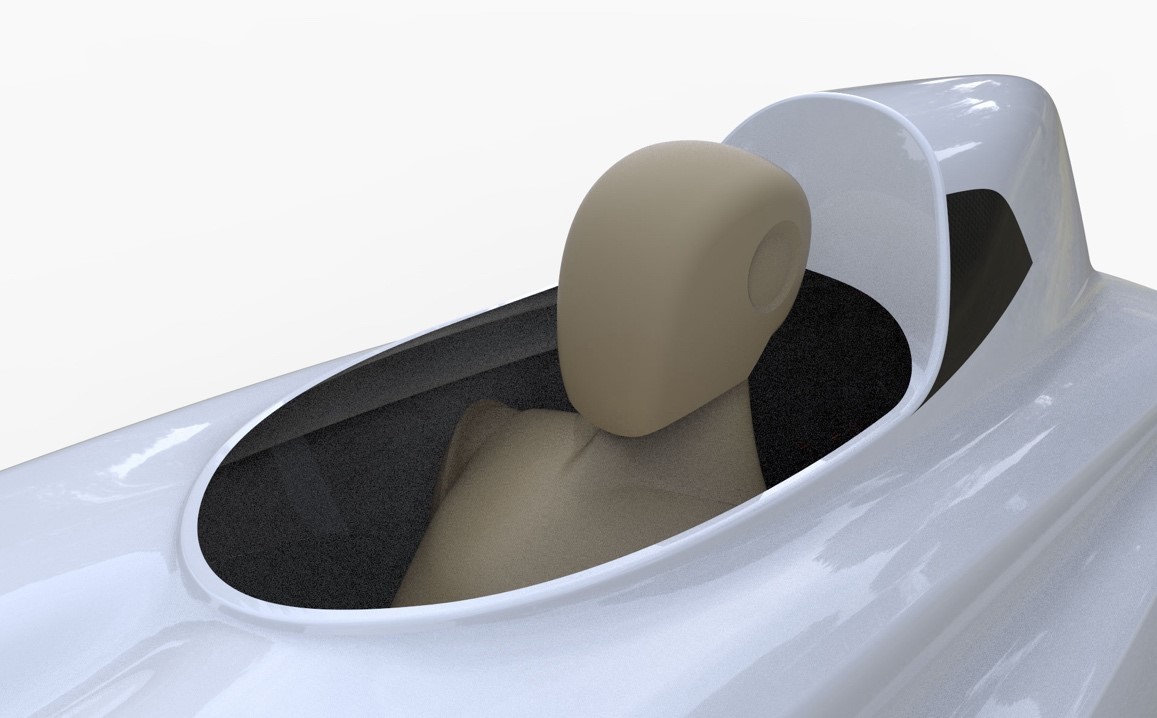
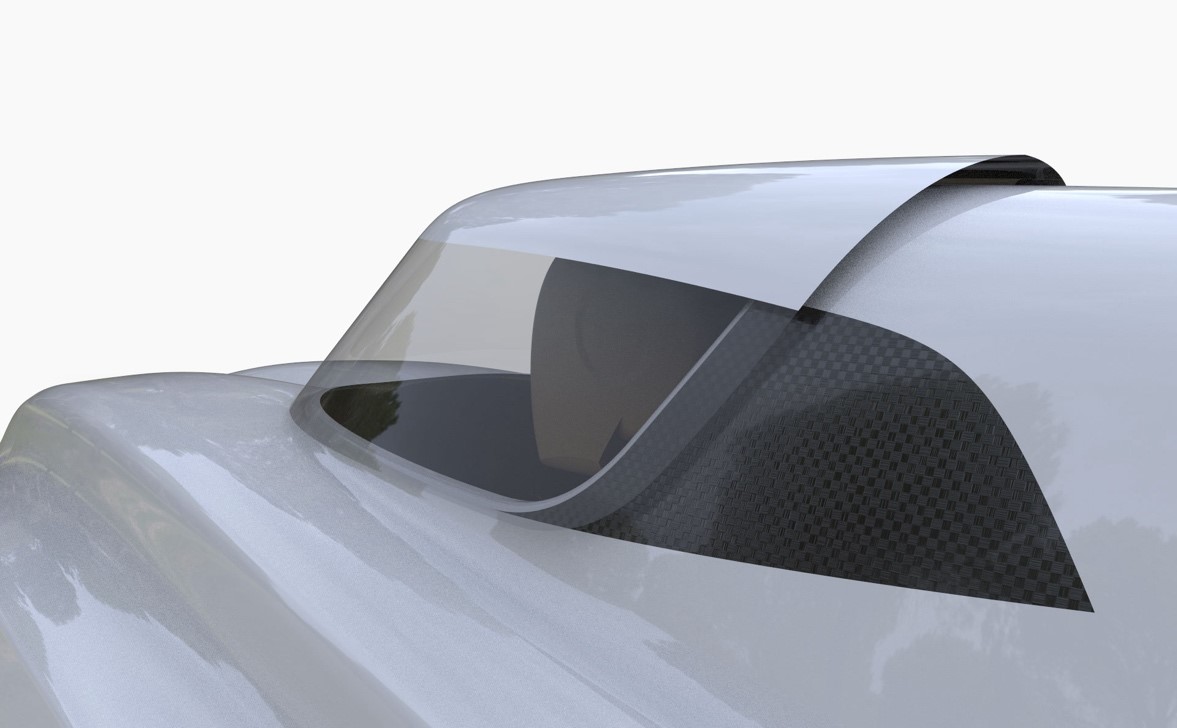
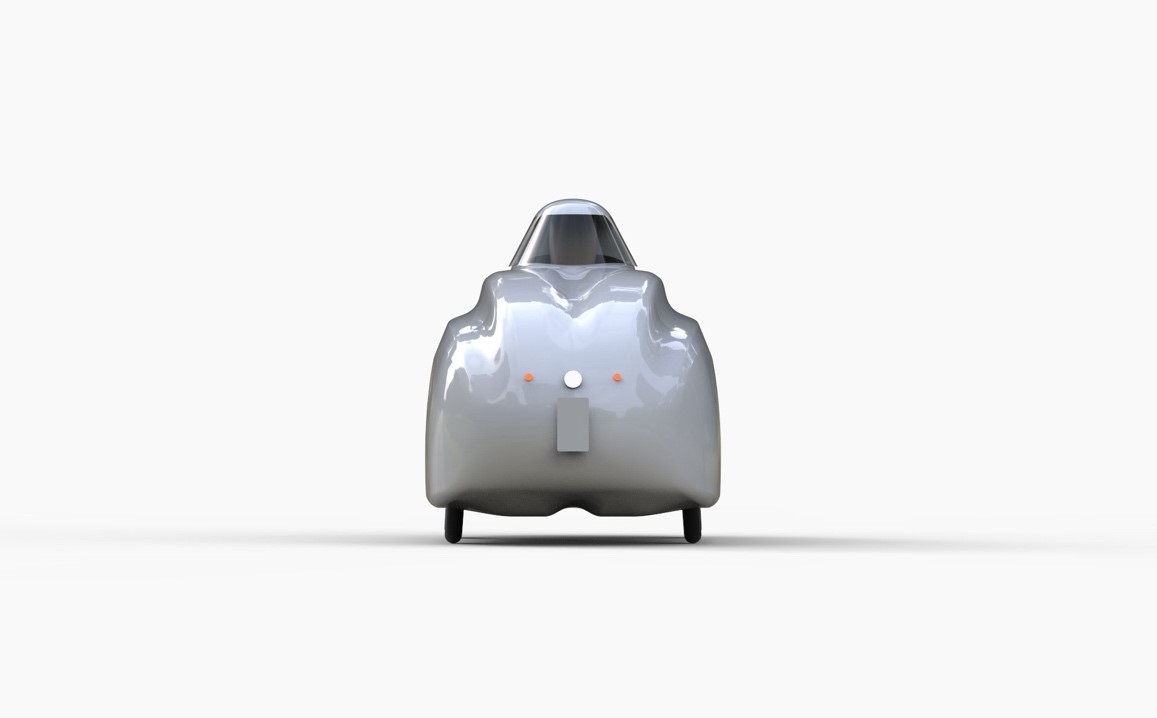
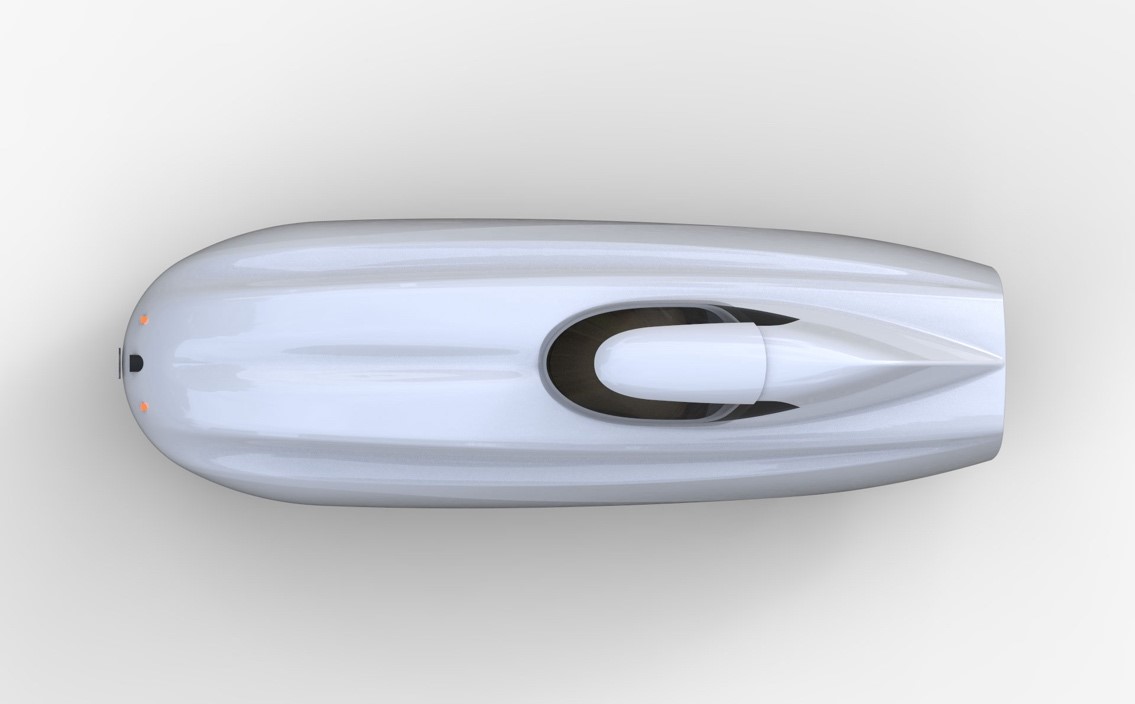
27 Comments
-
Carsten :: January 19, 2023 at 5:06 pm ::
-
family :: January 20, 2023 at 1:28 pm ::
-
Jiří :: February 1, 2023 at 11:30 am ::
-
Bengt Henke :: January 21, 2023 at 5:11 pm ::
-
Jiří :: February 1, 2023 at 11:20 am ::
-
Olivier :: February 2, 2023 at 8:24 pm ::
-
Velovloger :: February 3, 2023 at 12:34 am ::
-
Henk :: February 16, 2023 at 7:48 pm ::
-
Nils Dreyer :: February 19, 2023 at 12:00 pm ::
-
François :: February 21, 2023 at 10:13 pm ::
-
François :: February 24, 2023 at 5:52 pm ::
-
Theo Zuur :: May 14, 2023 at 6:14 am ::
-
TRESCARTE :: May 21, 2023 at 9:53 am ::
-
Len Youwer :: June 12, 2023 at 9:12 pm ::
-
Mitch Hutton :: July 1, 2023 at 7:11 am ::
-
Paul :: July 3, 2023 at 4:56 pm ::
-
Roy MacDonald :: July 6, 2023 at 11:19 am ::
-
Stefan Grünig :: August 2, 2023 at 6:56 pm ::
-
Loïc :: August 9, 2023 at 2:41 pm ::
-
Surugue :: November 3, 2023 at 12:03 pm ::
